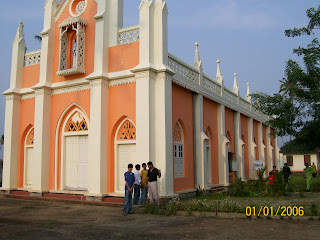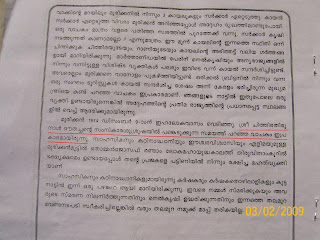Before 1990 this tax was levied based on income against appropriate slab rates as in central Income tax. The basic exemption those days given for Agricultural Income was Rs.20, 000/- and the rate of tax was as high as 80% in the final slab. Those days almost everybody used to declare only Rs. 10,000/- to 15,000/- as income. How on earth one could live with that income for a year was conveniently ignored.
During the proceedings of the assessment like issuance of pre-assessment notice and calling for objections which invariably the assessing officer rejected on flimsy grounds the assesse bribed the officials and the officer would enhance the income to somewhere around 25,000/- levied a small income tax and matters were settled to the advantage of the assesee and the personal profit of the officer and considerable loss to the exchequer. (The officers in turn bribe the powers that be to get posted to lucrative offices like Kanjirappally and vandanmedu)
Then in 1990 the Finance Minister in the LDF ministry Mr. Vishwanatha Menon (he was dismissed from the communist Marxist party some time ago and contested unsuccessfully as an independent in Ernakulam and I am not sure whether he is back in the party) introduced the compounding system of payment based on area and the crop that is cultivated. It was a great relief to the assesse in as much as that the amount of tax was fixed irrespective of the income earned and it also took away the discretionary powers of the assessing officers.
Now the planters have accounted surplus in their books. The officers have lost interest in doing the nominal work since they do not benefit otherwise.
The statement below shows how compounded tax is calculated.











